New positions
A PhD Position in Paleogenomics: “Tracing Ecosystem Change through Time” (ANR PaleoGreen Project).
The Laboratoire Chrono-Environnement (UMR 6249, Université Marie et Louis Pasteur, Besançon) invites applications for a fully funded PhD under the supervision of Chair Proessor Jr. Amedea Perfumo, as part of the ANR-funded project PaleoGreen.
Project overview: Agroecosystems are essential for human societies yet represent major drivers of environmental change. This PhD will investigate how biodiversity and ecosystem functioning have transformed over time, tracing the transition from pristine natural environments to intensively managed agricultural systems. Using sedimentary ancient DNA (sedaDNA), the project will reconstruct past ecosystems to uncover the long-term effects of climate change, land-use transformation, and pollution. Particular attention will be given to environmental microbiomes - the assemblages of bacteria, archaea, viruses, and fungi - and their interactions with plants and soils, revealing their fundamental roles in ecosystem resilience, functioning, and sustainability. Research will combine ancient DNA metagenomics, bioinformatics, and ecological modeling within state-of-the-art paleogenetic facilities at Chrono-Environnement.
Candidate profile - Candidates should have:
- A Master’s degree in molecular biology, bioinformatics, microbial ecology, environmental genomics, or a related field
- Experience in molecular biology, including DNA extraction, PCR, and metagenomic sequencing with downstream taxonomic and functional analyses.
- Proficiency in bioinformatics and coding (Python, R, or similar).
- A solid understanding of microbial ecology and its relevance to ecosystem research.
Start date: Early 2026 (flexible). Duration: 36 months.
Application - Applicants should send a single PDF file including:
- A detailed CV
- A motivation letter outlining interest and suitability for the project
- Contact details of two referees
Please submit your application and any inquiries to Amedea Perfumo (amedea.perfumo@cnrs.fr). Further details about the position can be found here.
A Postdoc position in ancient environmental genomics at the University of Copenhagen. This project will explore the relationship between environmental changes and human demographics, disease load, and site histories by analysing ancient environmental DNA (eDNA). By extracting DNA from various archaeological contexts, including soil monoliths and discrete samples from around Europe, the study aims to reconstruct past environments and assess their impact on human populations. The project seek to pioneer the use of ancient metagenomes to address standing archaeological questions in collaboration with researchers across most of Europe. Through advanced techniques like deep shotgun metagenomics, this work seeks to enhance our understanding of anthropogenic environments in Western Eurasia. Funding is for two years, start date as soon as possible, at the Centre for Ancient Environmental Genomics, Globe Institute, UCPH, in Copenhagen.
Qualifications & Skills:
- A background in genetics, bioinformatics or like.
- Experience with ancient DNA analysis.
- Strong analytical skills and an interest in interdisciplinary research.
- Ability to work both independently and collaboratively in an international research environment.
If you are interested, send your questions or your CV directly to Asst Prof. Mikkel Winther Pedersen.
